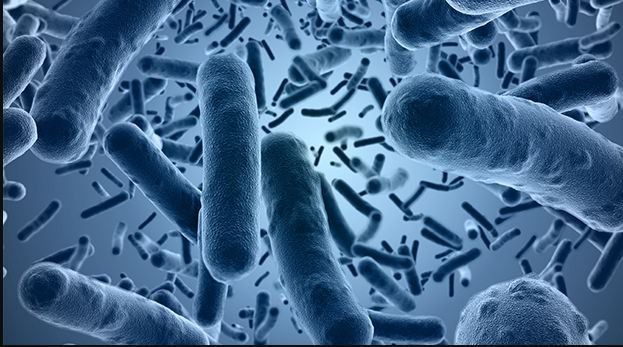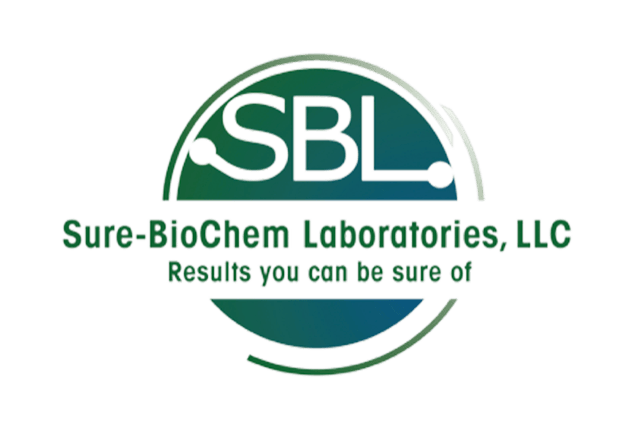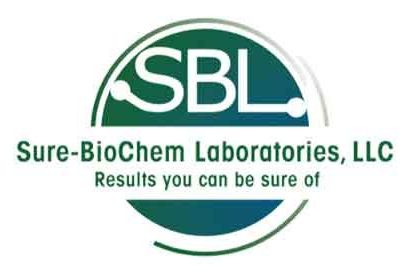USP 62 Testing and Acceptance Criteria
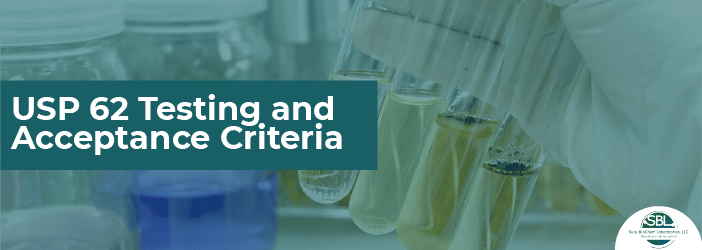
USP refers to the United States Pharmacopeia—a publication containing modern standards for pharmaceutical testing and manufacturing. USP testing is a set of procedures and guidelines for developing safe, effective products in a highly controlled environment.
Naturally, the standards for pharmaceutical production are extremely high, and failure to follow them to the letter can result in major ramifications both for public safety and the company that has made the mistake.
In this article, we look at USP testing standards and how you can get professional help to evaluate and meet them.
What Is A USP 62?
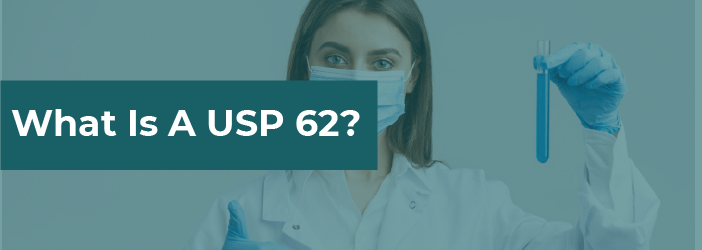
USP 62 is the professional standard for microbial content on a pharmaceutical sample. It’s designed to ensure that a given sample falls within the acceptable range of microbial occupation.
What Does USP 62 Test For?
The short answer? A lot. The USP 62 testing and guidelines occupy twelve published pages on the USP manual that go into vivid detail about what is being tested for, how the tests are performed, and what must be done.
The longer answer is that it tests for specific microorganisms including but not limited to “Staphylococcus aureus, Pseudomonas aeruginosa, Escherichia coli, bile-tolerant Gram-negative bacteria, Clostridia species, and Salmonella”.
What Are Microorganisms?
Microorganisms are technically any organisms that can’t be seen by the naked eye, though in this context the phrase refers more specifically to bacteria or fungus particles. USP 62 testing is all about monitoring sample conditions to make sure that there aren’t any dangerous particles present.
How Is USP 62 Testing Done?
USP 62 testing should be performed by experienced professionals. Samples are enriched by a dilutant, (soybean casein digest broth) and then applied to an agar to monitor the presence of objectionable micro-organisms such as those stated above.
USP 62 Acceptance Criteria
When USP testing is done, samples are incubated for three days on various agars, each monitoring for a specific microbial bacteria. The goal is to monitor for microbial growth observed during the incubation period.
If microbial growth is observed,
the incubation period
is expanded by another two days, after which the microbial levels are recorded, and mitigation is required before the manufacturer can continue.
USP Bioburden Testing
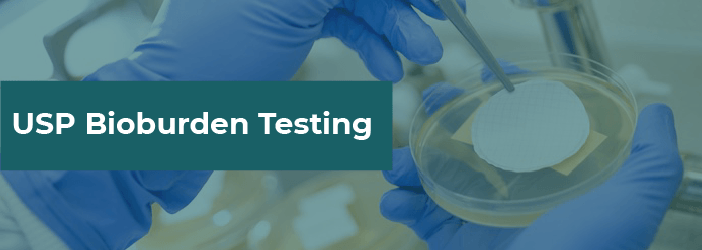
USP Bioburden Testing is related to USP 62 testing, helping to narrow the scientific findings and produce very specific lab results.
What Does Bioburden Mean?
Bioburden refers to the number of living organisms on a sample. This number is derived in the form CFUs (colony-forming units). The desired outcome of a bioburden test is to prove sterility—that’s to say, confirm the absence of microbial intrusion on a sample.
What Is A Bioburden Test?
As described above, a bioburden test counts the number of microbes on a sample. It can also be used in a workspace to ensure cleanroom regulations are being adhered to.
Bioburden Testing Steps
The bioburden testing steps are relatively straightforward. A sample is taken. Microorganisms are then isolated, cultured, and counted. Findings are then distilled into a professional report.
How Do You Calculate Bioburden?
Bioburden findings explain the average number of microbes found in a batch. If three samples are taken, each containing three CFUs, the batch average will be recorded as nine.
What Is Acceptable Bioburden Level?
When it comes to USP 62 testing acceptance criteria there can be a little bit of relativity based on the situation. However, in most cases, the acceptable bioburden level is said to be no higher than ten CFUs.
What Is The Difference Between USP 61 and 62?

USP 62 testing and 61 testing are intrinsically related. USP 62 testing identifies the specific organisms that have to be looked for. USP 61 enumerates those organisms.
What Is USP 61 Testing?
The purpose of USP 61 testing is to determine how much microbial contamination is present in a given sample size.
What Does USP 61 Test For?
USP 61 tests for the total number of microbial contamination levels in a sample or group of samples.
What Is the Difference Between TAMC and TYMC?
TAMC and TYMC are two different forms of microbial intrusion screening . TAMC stands for “total aerobic microbial count.” TYMC stands for “total yeast and mold count.”
The test will depend on the specific requirements of what is being evaluated.
USP 61 Vs USP 62
So, what is the difference between USP 61 and USP 62 testing? It’s not a situation where you do one or the other. Rather both testing standards are applied to any pharmaceutical sample. The idea is to ensure product safety in two ways. First, you isolate specific microbial intrusions to ensure that there is nothing in the sample that doesn’t belong there.
Once you’ve done that, you number the intrusions. If they fall beneath the total allotted CFUs, the sample passes. If they do not, it fails.
USP 62 Testing Services
USP testing standards are complicated but getting it done right isn’t. To properly ensure that microbial levels are suitable, it is important to get professional assistance. Not only does this simplify the process, but it also ensures that you will get a thorough, accurate test.
Interested in going forward with professional support?
Click here to receive a USP 62 testing quote now!
Also Suggested
Related Learning
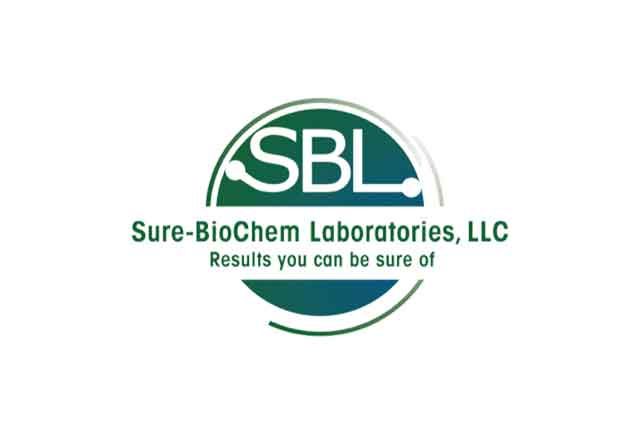
Need Our Help? Fill Out a Service Request Today!
We're here to assist you with all your needs. Please complete our service request form to ensure we provide the best possible service.
It's quick and easy—tell us a little about your request, and our team will reply promptly. We look forward to serving you!
Blog Contact Page
